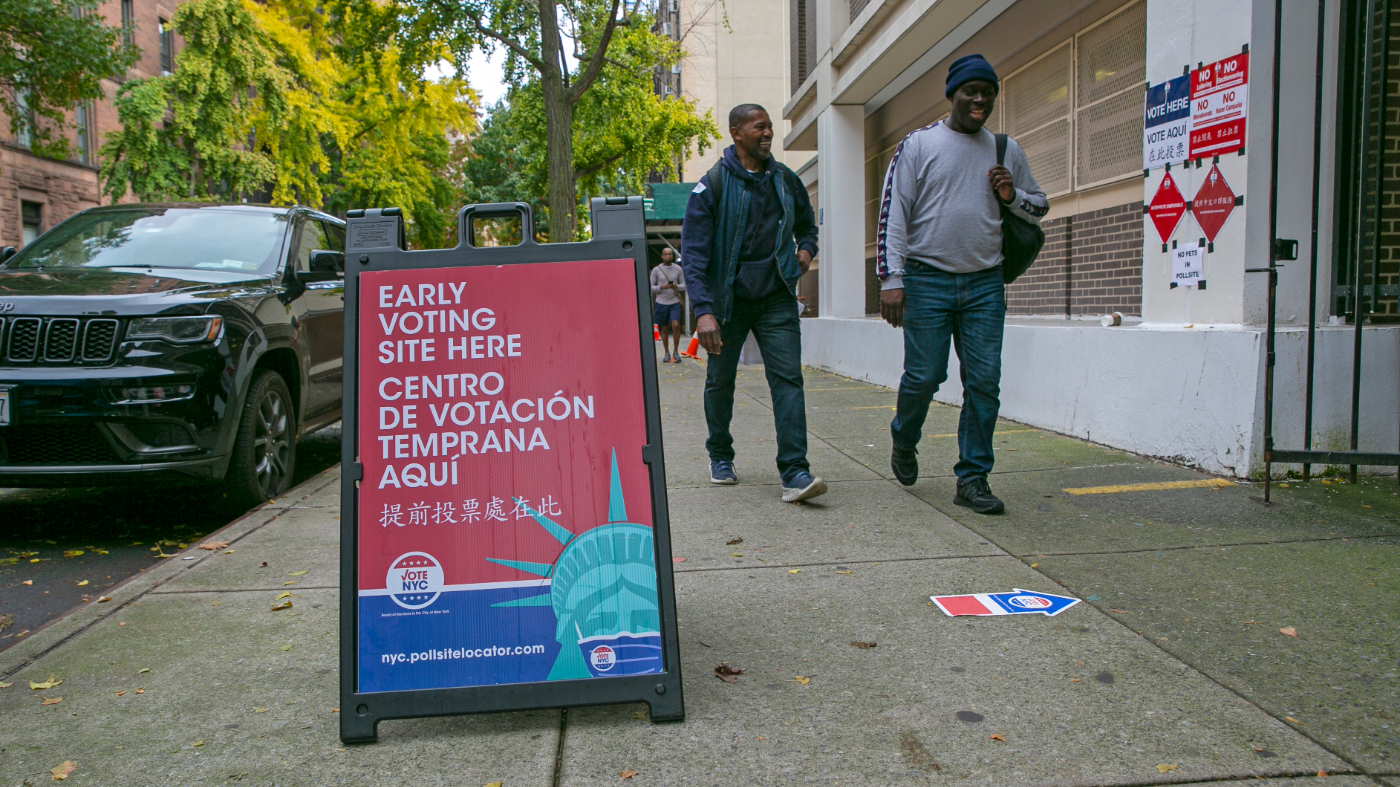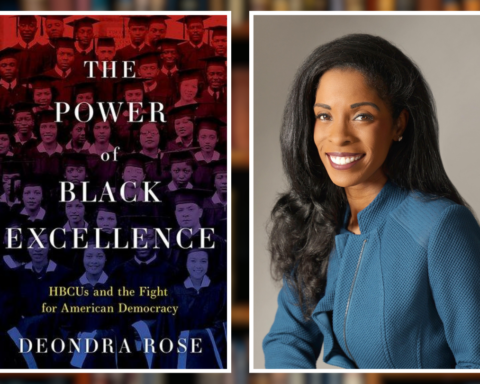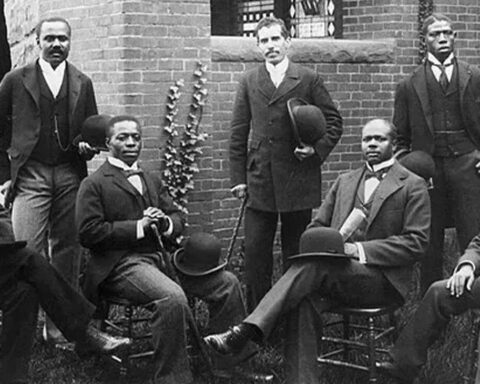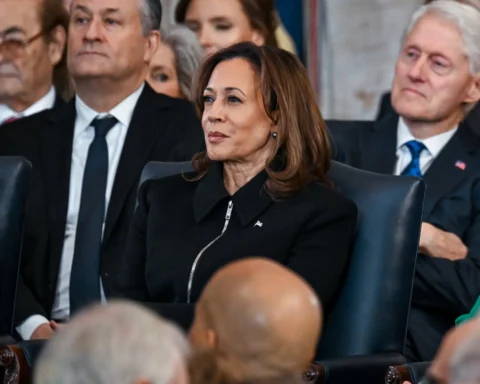By Ray Block, Jr.
For centuries, Black Americans have been battling racism and disenfranchisement — and batting down endless so-called truths. In the process, we’ve developed a powerful sixth sense for separating fact from fiction.
Black people have been forced to see the country for what it is, and we have learned to watch our collective backs in the face of persistent attempts to confuse and deceive us by the purposeful spreading of falsehoods.
Such spreading of disinformation — specifically the sort that targets a specific race — has a centuries-long history in America. Slave owners regularly spread lies to control perceptions of enslaved Black people and to suppress slave revolts. Since at least the mid-20th century, such tactics have often involved propaganda campaigns designed to discredit Black leaders and undermine the efforts of Black activist organizations.
But nowhere is the purposeful distortion of the truth more evident than in the modern political arena, especially during election years.
President Biden had barely bowed out of the presidential race Sunday when the Trump campaign began running attack ads against Vice President Kamala Harris, who could become the first Black woman and first person of South Asian descent to head a major party’s presidential ticket.
When disinformation efforts succeed, the results can disproportionately harm racial and ethnic minority groups; Black people in particular. That’s why it is so meaningful that Black Americans are resilient in the face of fiction masquerading as truth: The potential damage is so high.
Despite relentless attempts to bombard us with fake news, in 2020 far fewer Black Americans believed the false claims of widespread election fraud than their white counterparts did, according to a 2021 Ipsos poll. My independent analysis of the same polling data shows that roughly 13 percent of Black respondents said that they thought the claim of election fraud was true, compared to 35 percent of white poll-takers.
In addition, nearly 60 percent of white Americans believe voter fraud took place during the 2020 presidential election, while only 30 percent of Black Americans did, according to a multi-racial post-election survey conducted by scholars from more than 100 colleges across the U.S.
Deliberate efforts to spread falsehoods are part of what we at the nonpartisan RAND Corporation call Truth Decay, defined as the diminishing role of facts and analysis in American public life.
We are studying ways to counter it. Our research shows it has led to political paralysis and the erosion of civil discourse, weaker educational outcomes, increased health disparities and widespread uncertainty.
During the run-up to the 2016 U.S. presidential election, Russia conducted a campaign of deceit aimed at Black Americans, creating counterfeit social media accounts and websites to push made-up stories meant to discourage voting. Four years later, Black and Latino voters were again flooded with bogus information in the final days of the presidential campaign.
This year, the pace is only expected to continue to quicken. Advances in artificial intelligence and technology are making it even easier to deceive voters who are seen as vulnerable. For example, earlier this year the BBC documented dozens of fake images generated with AI that were used on social media to imply Black voter support for former President Donald Trump.
In an ideal world, our nation’s leaders would implement comprehensive federal regulations to counter disinformation and empower communities to fight back at the local level. But we are not even close to that, partly because of how difficult it is to regulate digital deception.
The rise of artificial intelligence has made it easier to create false news stories. Sen. Amy Klobuchar (D-Minn.) has called AI’s “potential to turbocharge the spread of disinformation” a “hair-in-the-fire” moment.
The U.S. government’s response to the spread of disinformation by foreign actors has often been ad hoc and uncoordinated, RAND research shows. This approach — or lack thereof — is mainly due to the absence of a central government authority and coherent strategy for dealing with falsehoods.
A related RAND study from last year found that marginalized racial or ethnic groups are more vulnerable to Truth Decay. One big reason for this is since they have historically been underrepresented in mainstream media, these groups may be more likely to get their news from less reliable sources.
For now, the responsibility of ferreting out the truth rests primarily on our shoulders as citizens. But valuable lessons can be learned from Black Americans’ approach to Truth Decay.
- Conduct a reality check. If something sounds dubious, question it. Black Americans are known to possess a strong sense of shared fate, which is the notion that what happens to people who share an ethnic identity directly affects each individual in the group. For us, skepticism is a constant. Because we are often portrayed negatively in the media, we are less likely than our white colleagues to believe fakery masquerading as news.
- Use tools to verify what’s true. National Black Cultural Information Trust and the Black Information Network have created digital tools to dispense accurate voting information and counter the outright lies that crop up. These web-based resources fill a critical role by providing trusted spaces for Black people and others to connect and share ideas about how to verify what is true.
- Be active and empowered consumers. When you think “This doesn’t sound right,” scrutinize and cross-check every so-called fact. Access tools that can detect bot accounts on social media (Botometer, BotSentinel) or track the spread of deliberate falsehoods (Hoaxy, Graphika, CrowdTangle). Fact-check statements via such sites as Snopes, FactCheck.org or PolitiFact.
- Community matters. Most importantly, don’t isolate yourself. Talk to friends and family about what you see online or hear on the news. Even better, try to challenge your perspective by having these conversations with people beyond your peer networks and outside your comfort zone.
The truth is still out there. You’re just going to have to work harder to find it.





